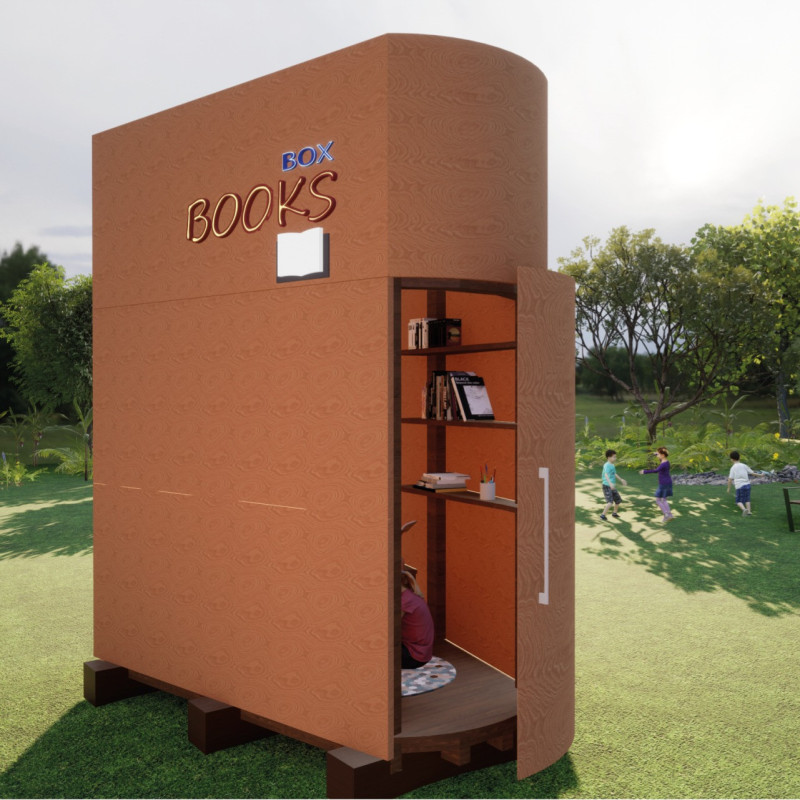5 key facts about this project
The architecture of the building serves multiple purposes, functioning as [insert primary functions, e.g., a community center, residential complex, commercial space], and is carefully designed to accommodate the needs of its users. The layout is optimized for functionality, promoting ease of movement through well-considered circulation paths. Open-plan areas allow for flexible use, while private spaces are thoughtfully placed to ensure privacy and comfort.
Key elements of the project include a facade that strikes a balance between solid and void, creating a dialogue with the surrounding environment. Materials play a crucial role in this design, with the careful selection of concrete, glass, steel, wood, and stone. This qualitative combination serves not only structural purposes but also enhances the visual appeal, offering a modern yet warm atmosphere. The extensive use of glass facilitates natural light penetration, which contributes to creating inviting interior spaces while connecting occupants to the outside landscape.
Unique design approaches are evident throughout the project. For instance, the integration of biophilic design principles encourages a connection with nature, seen in the incorporation of green walls and outdoor spaces that blend harmoniously with the architecture. These elements promote well-being and foster a sense of sanctuary amidst urban surroundings. Additionally, the project adopts sustainable practices such as [mention specific strategies, such as rainwater harvesting, solar panels, or energy-efficient systems], demonstrating a conscious effort to minimize its ecological footprint.
Attention to detail can be observed in various architectural features. The choice of textures, colors, and finishes reflects a careful consideration of the surrounding context and local climate. For example, the use of local stone not only grounds the design but also reinforces a sense of place, making the structure part of its landscape. Moreover, the thoughtful placement of openings and shading devices protects against direct sunlight while maximizing views, thus ensuring occupant comfort and enhancing the overall experience.
Throughout the project, community-focused design is emphasized, encouraging social interaction and inclusivity. Common areas are designed to be welcoming and accessible, serving as gathering points for the community. This is complemented by landscaping that invites outdoor activities, creating a seamless transition between built and natural environments.
This architectural endeavor invites exploration and engagement, serving as a vital component of the urban fabric in its location. It speaks to the potential of thoughtful design to elevate everyday experiences, making it essential for interested readers to delve into the project's presentation for a deeper understanding of its architectural plans, sections, designs, and innovative ideas. By examining these elements further, one can appreciate how the project successfully integrates diverse architectural principles, creating spaces that are not only visually appealing but also deeply functional and integral to their community.


























